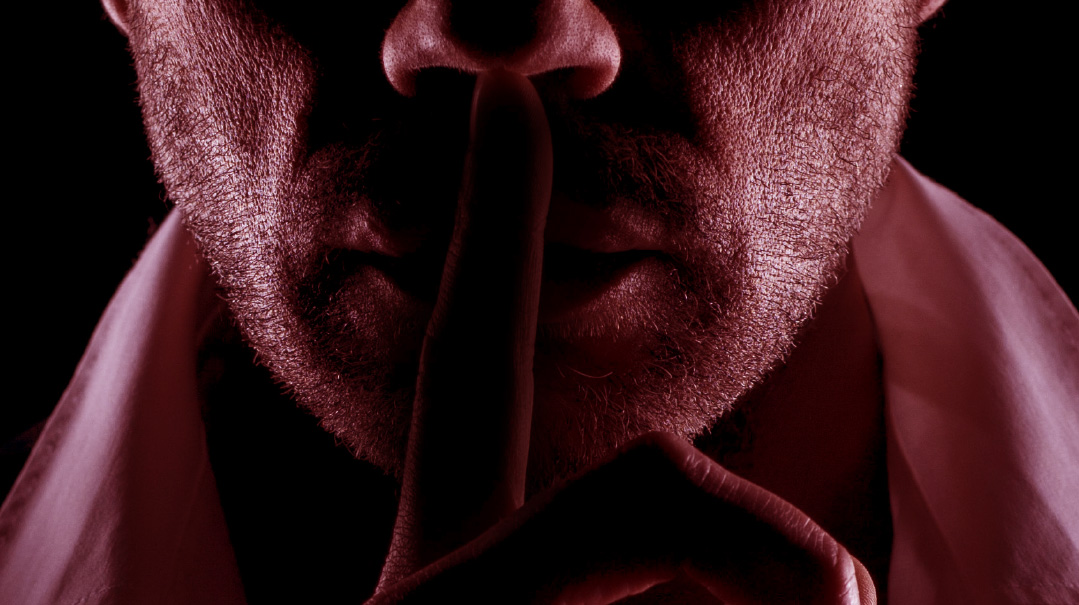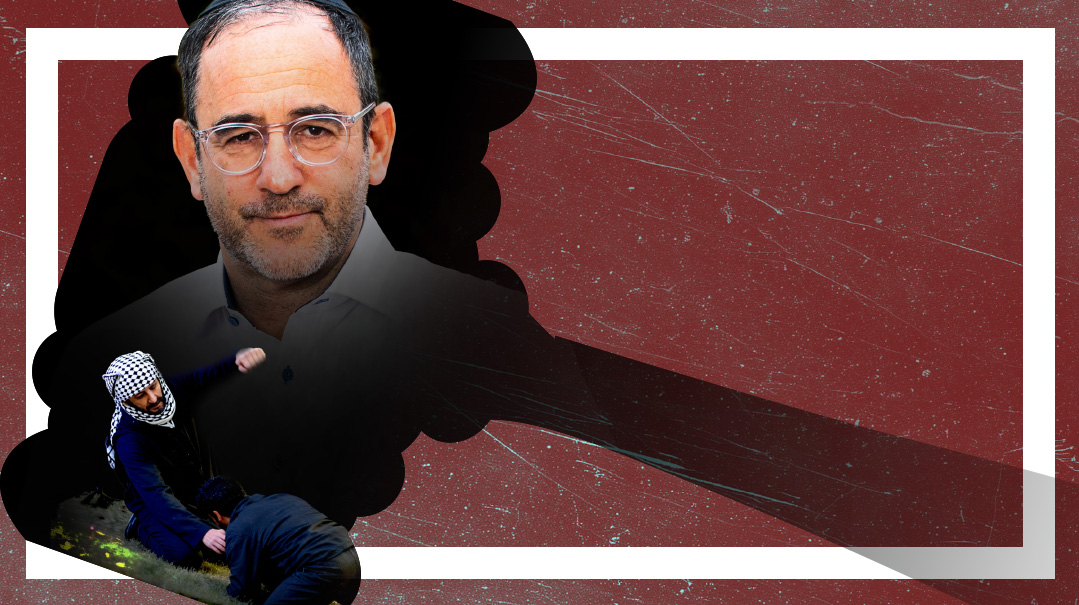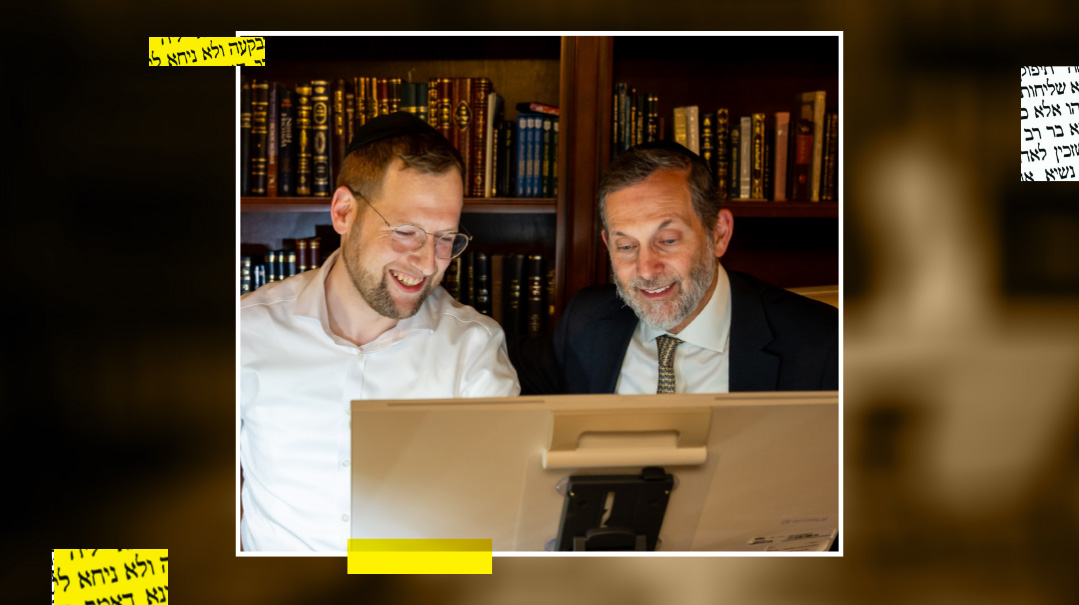Who Would Believe That?
| March 23, 2021A growing number of people subscribe to conspiracy theories — and it doesn’t really matter how outrageous the specifics are

Anthony Quinn Warner, the man who blew himself up inside his recreational vehicle in a December 25 bombing in Nashville, Tennessee, was grappling with paranoia and eccentric conspiracy theories, especially the alleged threats surrounding 5G mobile phone signal technology. While he chose the location and timing (an empty shopping center at 6:30 a.m.) to minimize the likelihood of injury, his personal trauma over what he felt were the out-of-control subversive elements manipulating the world sent him over the edge.
Some people believe 5G networks cause cancer, others are convinced the networks have been used over the past year by global elites to spread coronavirus, and there’s also a theory that China is using 5G towers to transmit wireless communication for spying on the United States. All these horrible scenarios left Warner hopeless and unhinged, especially since he had also been reading online accounts of shape-shifting reptiles taking on a human form to gain control over society.
Jitarth Jadeja was a regular visitor to the conspiracy theory media outlet “Infowars,” run by the infamous falsifier, Alex Jones. But one day in December 2017, when he tuned in to the website, there were two guests speaking about a whole new set of ideas.
The cryptic phrase, “The calm before the storm,” was repeated over and over. Jadeja listened, fascinated, as the speakers re-shaped his perception of the country in which he lived. Presidential candidate Donald Trump was going to save the country. Hillary Clinton, who was already teetering on the brink of criminal charges over her private email account and vilified for her unholy international alliances as secretary of state, was enmeshed in an international cabal of child abusers and human traffickers.
The more information Jadeja absorbed, the more firmly he was hooked. For the next year and a half, he followed the movement closely, spending hours each day devouring as much Q-related content as he could find, each new “Q drop” energizing him.
“The world didn’t seem like a dark place,” he told the Washington Post. “It seemed like a simple place. It felt like everyone else was living in a dream world, and I wasn’t…”
Since October 2017, when “Q” wrote his first post, the conspiracy theory that came to be known as QAnon has hovered at the edge of public consciousness. For more than a year, it lurked in the murky recesses of cyberspace, blowing the minds of hundreds of keyboard-tappers and fringe message board users. It was only in July 2018, at a Trump re-election rally in Tampa, Florida, that the big carboard Q, the Q-emblazoned T-shirt, and the Q caps and banners exploded into off-screen reality. For the first time, a conspiracy theory cult that had been relegated to online posts, video-sharing, and chat-rooms was tossed into the mainstream media, causing the less-Internet savvy to blink and wonder, “Where on earth did that come from?”
QAnon began with a single post on 4chan’s Politically Incorrect board. Titled “Calm before the Storm,” the author claimed to have gotten hold of documents proving the existence of an international cabal of decadent child-abusers. In its ranks are an assortment of celebrities, ex-president Barack Obama, Hillary Clinton, and leftist billionaire George Soros. The cabal secretly controls governments world-wide, not to mention the media and Hollywood. Its members engage in a variety of depraved crimes against children — including the extraction of adrenaline from their bodies — but seamlessly cover their tracks. If not for Trump’s election, the posts assert, the cabal would continue running the world and perpetrating nefarious activities under the veil of enjoyed anonymity. With his great perception, Trump knew all about this evil league even before he was voted in. In fact, according to the writer, Trump had been elected for the purpose of blowing it all wide open, supported by the US military.
How did the author come upon all of that information? Well, he claimed to have “Q” clearance, a United States Department of Energy security clearance required to access top-secret information on nuclear weapons and materials. “Q” claimed to be tasked with posting intelligence “drops” — which he dubbed “crumbs” — to inform the public of Trump’s master plan to stage a countercoup against members of the “deep state,” a reference to the behind-the-scenes real control of the visible administration.
That’s the basic story, but there are so many offshoots, detours, and internal debates that the total list of QAnon claims is enormous — and often contradictory. Adherents draw in news events, historical facts, and rumors to develop their own far-fetched conclusions.
Q isn’t the first self-proclaimed government insider to haunt the 4chan universe — he was preceded by FBIAnon, HLIAnon (High-Level Insider), CIAAnon, and WH Insider Anon. But Q (who is perhaps multiple personalities or groups) has developed a cult-like culture and following, handing out earth-shaking predictions and prophecies. And while those prophecies haven’t even panned out (Trump is out and Biden is in, and none of the predicted high-profile mass arrests or murders took place during Trump’s tenure), Q is still slavishly followed and his words analyzed like hints on a treasure trail.
“They’re still hanging on to the idea that Trump will retake power from Biden,” says Michael Rothschild, journalist, author, and conspiracy theory debunker regarding the ever-changing QAnon conspiracy theory. “It doesn’t make any sense, but it doesn’t need to.”
How is it possible that otherwise intelligent people, including journalists and celebrities, have fallen for this tripe, retweeting and posting QAnon material for the benefit of their thousands of followers? How is it possible that sane adults are spending weeks in front of their iPhone screens, neglecting family, food, and slumber to scroll through posts, watch clips, and comment on violent vitriol promulgated by a frenzied mass of Q adherents?
Many Q fans, and the hundreds of thousands — perhaps millions — who buy into an assortment of conspiracy theories don’t really pay much attention to the details. This was never truer than during Donald Trump’s term of office. The painfully obvious media bias during the Trump era caused even the average, zero-agenda, breakfast-newspaper-reader to become distrustful of mainstream media. This made them more susceptible to being pulled into extremist news outlets. Others are attracted to the extreme right-wing atmosphere, they definitely believe the US election was stolen, they have an all-encompassing suspicion of the left and believe there is an ulterior left-wing agenda, and they resent being called “deplorables” and “insurrectionists.” They never trusted Hillary or Obama, so it doesn’t really matter what the specifics are.
If you don’t trust the media, if you think much of what they report are in fact deceptions and smokescreens for the more insidious story, the boundaries between cover-up and conspiracy theories become blurred.
While conspiracy theories have been flooding the Internet in recent years, they aren’t new, and they get traction whenever a population sector feels the mainstream media and their political leaders are not giving over the whole story, or that there’s some kind of background agenda the “people” don’t need to know about.
Oops! We could not locate your form.







